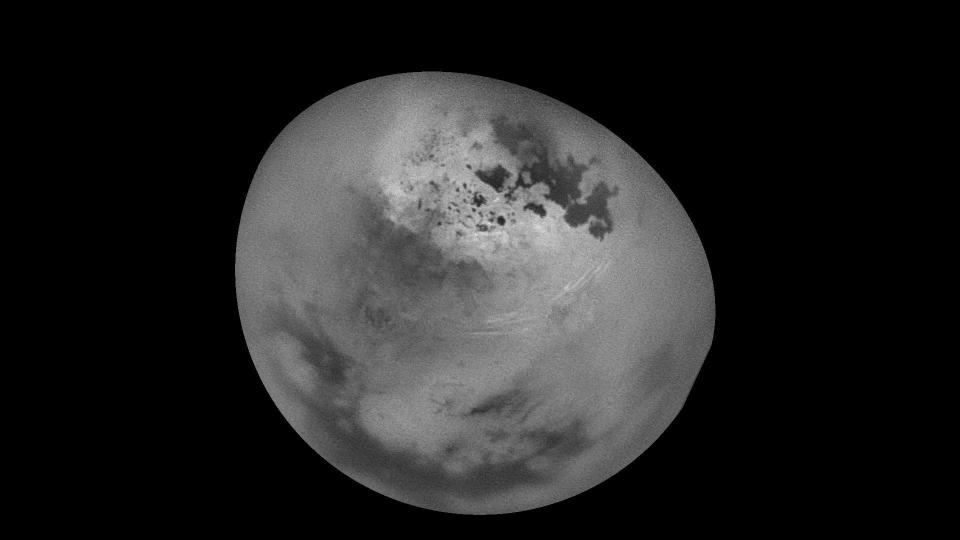Cassini says goodbye with its final photos from Saturn

As with all good things, they must come to an end, and space exploration is no different.
The Cassini spacecraft is now feeling the inexorable tug of Saturn's gravity as the bus-sized spacecraft is being pulled down into the giant planet's cloud tops.
Even though the probe — which has been exploring Saturn and its many moons since 2004 — is about to meet its doom, it's still doing what it was designed to do: science.
SEE ALSO: How Cassini quietly transformed our understanding of the solar system
Cassini's final raw, photos are arriving on Earth now, and (no surprise) they're as stunning as ever.
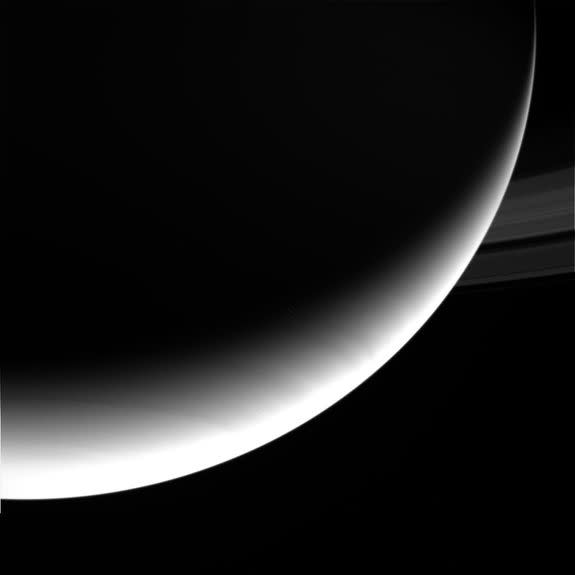
Image: NASA/JPL-Caltech/Space Science Institute
Saturn's rings and clouds stand out against the blackness of space in a series of images designed to give us one last look at the planet that has felt so close for so long thanks to Cassini's intrepid work.
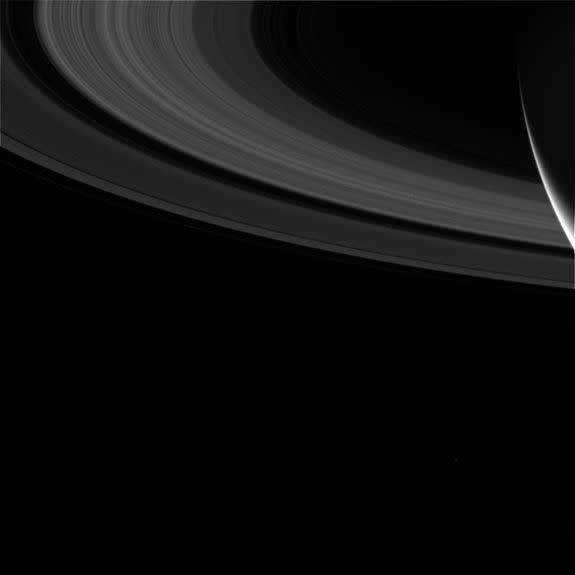
Image: NASA/JPL-Caltech/Space Science Institute
Other photos show Titan's hazy atmosphere for the last time from close range. The large moon plays host to liquid seas and rivers of methane alongside dunes made of hydrocarbons.
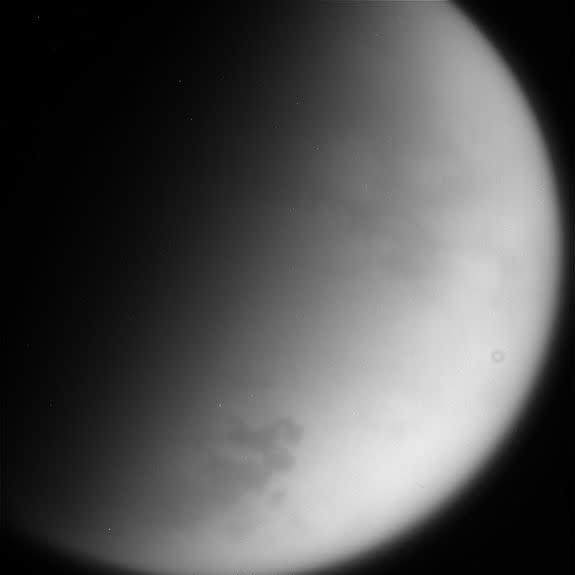
Image: NASA/JPL-Caltech/Space Science Institute
It's an alien world unlike anything else in our solar system, and after Cassini meets its end at 7:55 a.m. ET Friday, our close-range eye on it will close. At the moment, there is no mission back to the Saturn system on the books.
In perhaps the most poignant images from this final set, you see Enceladus — a moon thought to have a subsurface ocean beneath its icy crust — setting behind Saturn as Cassini looks on at it one last time.
Here is Enceladus setting, with all the animation frames aligned on Enceladus. pic.twitter.com/1JfJ0FWino
— Emily Lakdawalla (@elakdawalla) September 15, 2017
That moon is one of the reasons for the probe's crash into the huge planet in the first place.
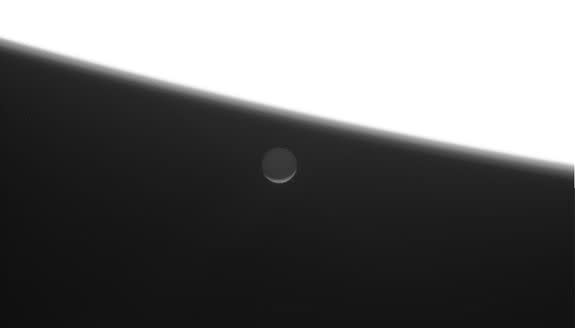
Image: NASA/JPL-Caltech/Space Science Institute
Instead of allowing Cassini to simply float around out of control after its rocket fuel runs out, scientists decided to send the spacecraft into Saturn, allowing it to burn up harmlessly.
This crash is designed to save the world's potentially habitable moons from an impact from a human-made object that could contaminate them.
WATCH: Neil deGrasse Tyson on why Titan is his favorite moon
